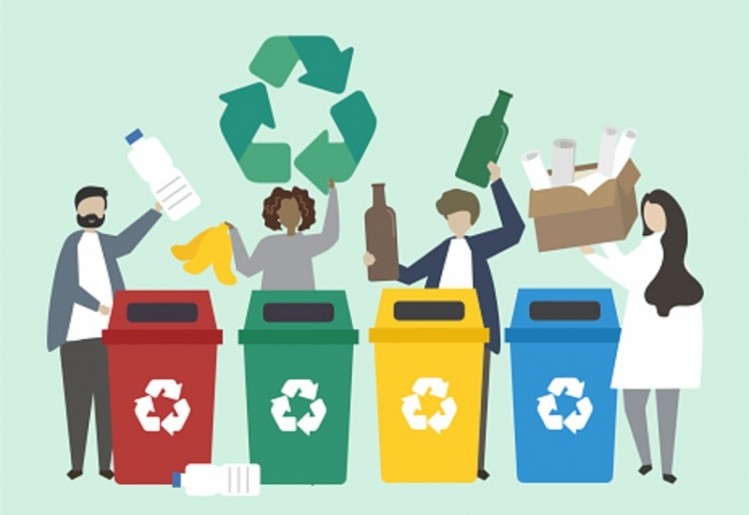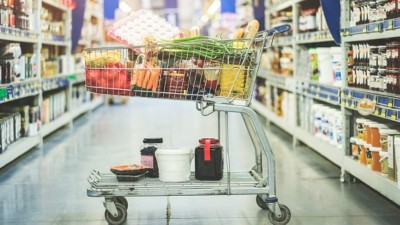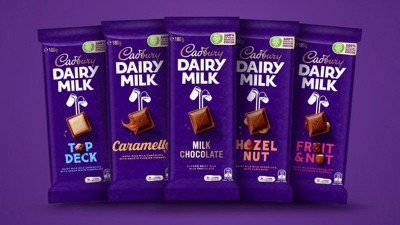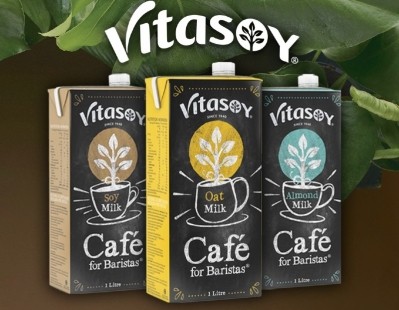‘Transforming recycling’: New Zealand food sector pushes for clearer on-pack labelling

New Zealand’s recycling culture is considered advanced compared with most markets within the Asia Pacific region, and has quite a few ongoing recycling schemes in the country – but these are not standardised and have been described by many in and out of the food and beverage industry as more confusing than efficient.
Earlier this year, the New Zealand Ministry of Environment (MOE) announced a plan dubbed ‘Transforming Recycling’, a document comprising three different initiatives: A container return scheme where consumers are incentivised to return beverage containers to be recycled/reused in exchange for a refundable deposit; Improvement of kerbside recycling which would standardise collection and processes for all local councils; and Business food waste separation which would mandate businesses to separate food waste from other waste.
According to New Zealand Food and Grocery Council (NZFGC) Chief Executive Katherine Rich, the council supports most of the points made by MOE, but believes that even more areas of improvement can be implemented to maximise efficiency – such as proper, unified on-pack recycling labelling to provide consumers with more clarity.
“[Our data indicates that] 69% of New Zealanders say they check the label on packaging before recycling,” she told FoodNavigator-Asia.
“[What this means is that there needs to be proper labelling to convey recycling information], so the instructions need to be clear and most importantly reflect the collection and recycling system here in New Zealand.
“Our [food and beverage industry] members need one labelling system [in order to do this], and we are working with the Australian Packaging Covenant Organisation (APCO) to advance the uptake of the Australasian Recycling Label (ARL) [to this end].
The ARL is an on-pack labelling scheme that helps consumers to correctly recycle their waste, and also assists brand owners and product manufacturers to design packaging that is recyclable. A previous MOE report named the ARL system as the best recycling labelling approach based on its evidence-based system.
NZFGC and APCO are collaborating on the co-design of a roadmap to raise ARL awareness in New Zealand and increase the number of food and grocery companies using this labelling system and ensure that it is 100% fit-for-purpose.
Rich also highlighted that various food and beverage brands in New Zealand are already implementing innovative methods of reducing non-sustainable material usage, urging support for these ongoing projects.
“For instance, Sanitarium plans to make all of its product packaging reusable, recyclable, or compostable by 2025 [and has implemented multiple recent changes] including Marmite jars being made from 100% recycled plastic (rPET) that can be recycled again and again [and reducing the] amount of high-density plastic used in the recyclable Marmite lids,” she said.
“These changes alone will reduce the amount of virgin plastic they use by more than 40 tonnes a year, while there’s potential to divert 60 tonnes of soft plastic from landfill each year by recycling Weet-Bix pack liners too.”
Long way to go
Although New Zealand has comparatively better recycling rates compared to countries without any widespread, stable recycling systems including many South East Asian markets, according to Recycle NZ it still falls behind most of the western world – and some more developed Asian countries - in this area.
MOE data estimates that New Zealand generates over 17 million tonnes of waste yearly, with almost 13 million tonnes of that going to landfill – so about 76% of used material is wasted.
“Our recycling rate is also still low [as] we only recycle and compost about one-third of the materials placed out on kerbside, with two-thirds sent to landfills - This percentage is reversed in high-performing countries where they recycle two-thirds and landfill only one-third,” said the ministry.
“This means that large amounts of valuable resources are being lost to landfill, which represents [a lot of] lost resources and business opportunities for firms, [especially] in the food and beverage industry.”
As such, it does seem that New Zealand has a long way to go to catch up, and the government’s strategy does seem to be a good first step.
“[It does seem that] the government is finally getting around to tidying up New Zealand’s confusing recycling and waste system, but it will still need to make sure it treads carefully if it is to take the public with it,” Rich added.
“Apart from the food and beverage packaging recycling, there has also been a proposal to phase out wet wipes by 2025 – which is likely to be a step too far especially for consumers who are parents – so let’s just hope sensible outcomes are achieved.”



















